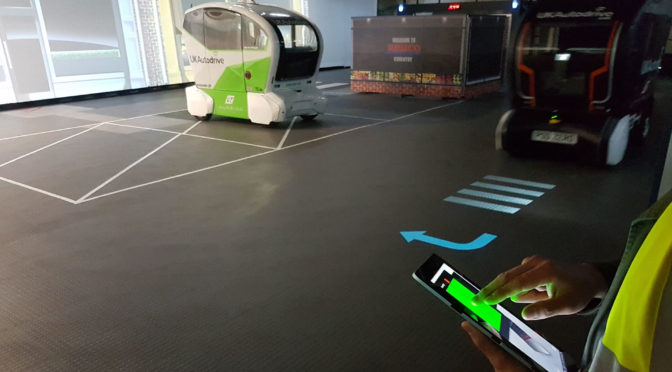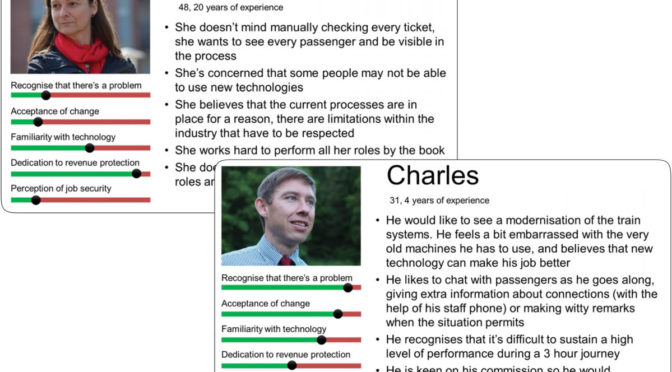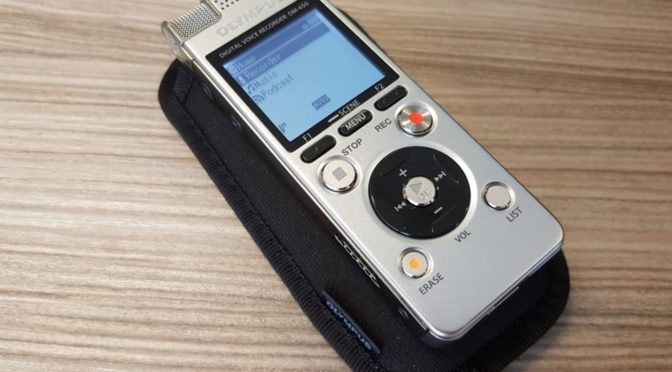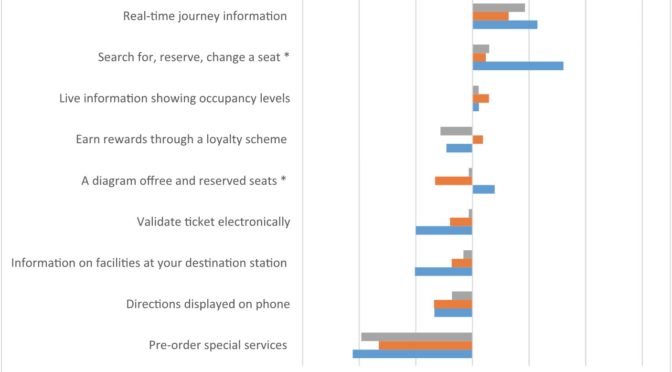
This piece was originally produced as part of my contribution to the Contemporary Issues in Ergonomics and Human Factors, a teaching module for the master's program at the School of Psychology, University of Derby. It was produced alongside a podcast to foster discussions with students during workshops and lectures
A few years ago I was hired as the user experience researcher to work for the CLoSeR project, which proposed a new technology for the rail industry in the UK. … Read more →

Recently, companies are paying more attention to the experience of their workforce. As the name suggests, employee experience (EX) concerns the study of the quality of experiences during work, as perceived by employees. EX is sometimes referred as enterprise UX, which is the design of products for people at work. It includes any software, device or interface that help workers perform their job. From the moment they apply for a job, to the day-to-day activities up to the point they … Read more →

I’ve been performing usability studies for different projects to evaluate products and services in diverse technology readiness levels. Below I give some examples of recent work performed where I applied UX, user-centred design and ergonomics research to understand how people interact with the systems in question.
Internal vehicle HMI
As part of the UK Autodrive project, partners Jaguar Land Rover and RDM/Aurrigo wanted to understand the interaction between occupants of automated vehicles and four types of interfaces. So our team … Read more →

I’ve designed a few customer journey maps as part of the deliverables to a large innovation project. This work is part of a consortium formed by two academic institutions and four industry partners named CLoSeR. The collaborative nature of this research requires synergy between academia and external organisations, combining research methods to better inform the production of innovation that could improve user experiences.
One common way to understand and visualise UX is through the design of Customer Journey Maps, which … Read more →

One of the design tools used to provide a clearer picture of users beyond market segmentations and demographics is personas. They can give a precise description of users and define what they wish to accomplish, representing archetypical users to facilitate the understanding of their behaviours, needs, motivations, characteristics and limitations. Having a small set of personas makes the real users more tangible, especially for large organisations or multi-partner projects with diverse stakeholders, where some of them are not familiar … Read more →

One of the most used methodologies applied to understand users and their experiences are interviews. Online, phone-based or face-to-face semi-structured interviews are performed to understand user expressions of attitudes, feelings, preferences, needs and behaviours. Using a semi-structured method it’s possible to explore in more depth specific aspects raised by participants, and allow for richer data collection.
Interview prompts
During interviews, it’s possible to use materials to prompt participants to develop their ideas and describe aspects in more details. Examples include … Read more →

One data collection methodology that I sometimes use is the observational method called ‘shadowing’, when a trained researcher investigates, unobtrusively, the activities that individuals perform as they go about their business. Shadowing involves a field visit, which gives the opportunity to observe and meet people where they are comfortable, at their habitual places of work. It can lead to specifications of concrete details about work activities, and this knowledge can help write requirements to be implemented in subsequent development phases.… Read more →

We are seeing the use of alternative approaches to measure user attitudes, specifically, those that offer more robust, useful and actionable attitudinal data. One of these methods is the Best-Worst Scaling (BWS), which has risen in popularity as a choice-based measurement approach. BWS experiments collect both “best” and “worst” information from a set of statements about the product or service offering. These could include attributes, features or product benefits. As such, more information is gathered about the top ranked and … Read more →
This website is the portfolio of Luis Carlos Rubino de Oliveira, contemplating User Experience Research and other works








